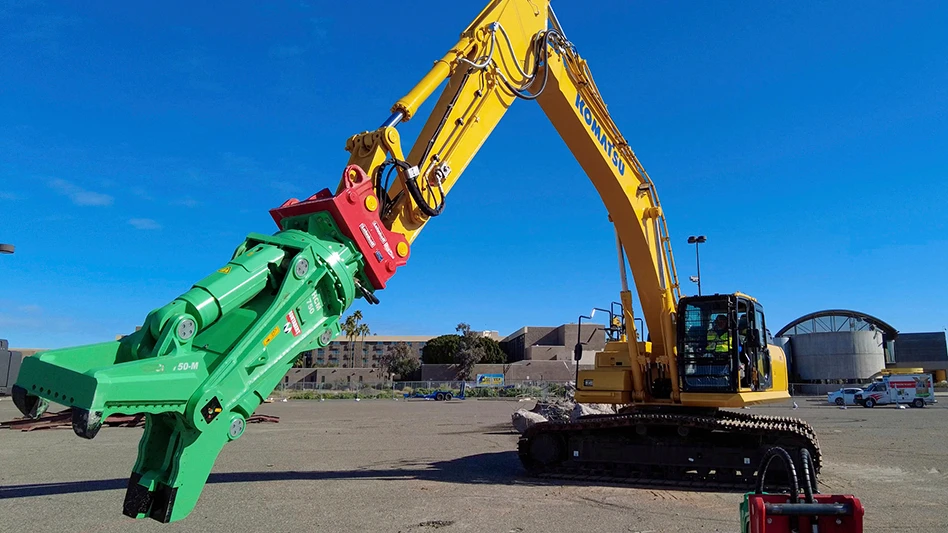
A Cleveland architect is developing a method to build construction materials by using mycelium, the organism that sprouts to fruit mushrooms, a report by FreshWater Cleveland says. Chris Maurer, principal architect and founder of Redhouse Studio in the Ohio City neighborhood of Cleveland, is using recycled debris from demolished homes and buildings and the mycelium to create biomaterials.
Maurer says his company takes organic materials from a demolition site, such as two-by-fours, wood sheeting, insulation and drywall, and chip it into smaller pieces. The pieces are then treated with the mycelium micro-organisms and the building materials are “grown.” Forms made from acrylic or wood coated in plastic are used to make the new material.
The report says this method could save 543 million tons of construction and demolition (C&D) debris from landfills.
Maurer says he was inspired by Phillip Ross, CEO of MycoWorks, the San Francisco Bay Area company that uses mycelium to create leather. The report says Maurer’s research into mycelium confirmed that the building materials made from recycled debris and the organism have a similar strength to wood framing, a better bending strength than concrete and a better insulation value than fiberglass batts.
The first use of Maurer’s building material will be a 200-square-foot shed structure for Refugee Response, a Cleveland-based refugee support organization, and its Ohio City Farm that employs refugees that are part of the Refugee Response program. The shed will be constructed on the site of the Hulett Hotel one West 25th Street in Ohio City, which Maurer is renovating.
The materials from the Hulett Hotel renovation will be used to create the shed, the report says. Maurer will then create structural insulating panels (SIPs) to form the floor, walls and roof of the shed while using commercial weather barriers and some metal brackets to join the SIPs. Maurer says in the report that the shed could be used for storage and eventually a growing house for mushrooms.
Cost to build the shed is estimated to be around $10,000, not including research and development. Mauruer’s goal is to raise $25,000 for the project, which would include a battery of tests to prove the construction is safe.
The report says Maurer has proposals out to the University of Akron, Akron, Ohio, and has talked to NASA, Washington, and the Massachusetts Institute of Technology (MIT) in Cambridge, Massachusetts about the use of mycelium.
“MIT [sees] the possibility of food security, and NASA sees [mycelium] as a resource for building off planet,” Maurer says in the report.
Latest from Construction & Demolition Recycling
- Cielo investor requests annual meeting
- CDE sets up washing plant on Long Island, NY
- NWRA: NIOSH cuts a step in the wrong direction
- Ferrous price hikes could be poised to pause
- Northstar secures 15-year lease extension for asphalt shingle recycling facility
- Greenwave asks for SEC filing extension
- Construction Plastics Initiative lines up projects
- ShearCore adds dealership group in Canada






